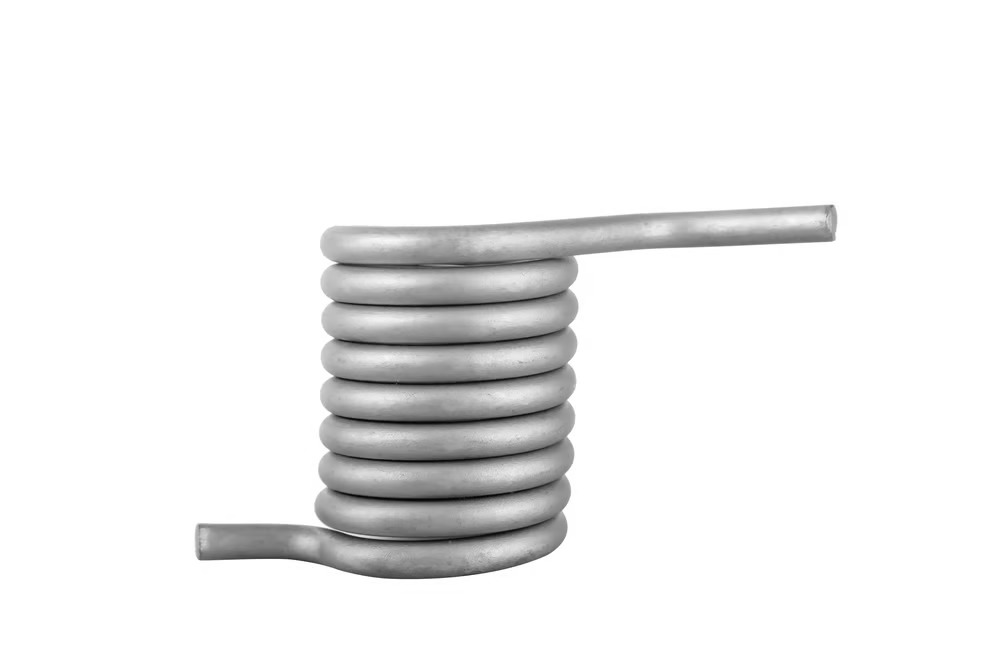Introduction
Large torsion springs play a crucial role in various industrial applications, providing the necessary torque and rotational force to effectively operate machinery and equipment. These springs are specifically designed to withstand high amounts of stress and are commonly used in a wide range of industries, including automotive, aerospace, and manufacturing. In this article, we will explore the significance of large torsion springs and their various applications.
The Basics of Torsion Springs
A torsion spring is a type of mechanical spring that works by exerting torque or rotational force when twisted. It stores and releases energy as it rotates back to its original position after being twisted. The primary function of a torsion spring is to provide the required force for rotational movements, such as in hinges, lever systems, and door handles. Large torsion springs are specifically designed to handle heavier loads and provide greater torque.
Applications in Automotive Industry
The automotive industry heavily relies on large torsion springs for a variety of applications. One of the most common uses is in the suspension systems of vehicles. Torsion springs help absorb shocks and vibrations, providing a smoother and more comfortable ride. Additionally, they are used in braking systems, where they play a crucial role in maintaining the balance and stability of the vehicle during braking maneuvers.
Aerospace and Aviation Applications
In the aerospace and aviation industry, large torsion springs are essential components in various applications. These springs are used in aircraft landing gear systems, providing the required torque to retract and extend the landing gear during takeoff and landing. Torsion springs also find applications in control surfaces, such as ailerons and elevators, where they assist in the precise movement and control of the aircraft.
Industrial Machinery and Equipment
Large torsion springs are widely used in industrial machinery and equipment, where they are responsible for providing the necessary torque and rotational force. For example, in heavy-duty manufacturing processes, torsion springs are employed in machinery used for bending, shearing, and cutting materials. They help ensure precise and controlled movements, improving the overall efficiency and accuracy of the manufacturing process.
Garage Doors and Overhead Doors
Garage doors and overhead doors rely on large torsion springs to counterbalance their weight and facilitate smooth opening and closing. These springs are typically mounted above the door and connected to a torsion shaft. When the door is closed, the torsion springs store energy, which is released when the door is opened. This mechanism helps reduce the amount of force required to manually operate the door and ensures it remains stable in different positions.
Advantages of Large Torsion Springs
Large torsion springs offer several advantages that make them indispensable in various industries. Firstly, they can withstand heavy loads and provide high torque, making them suitable for applications requiring significant force. Additionally, these springs can be designed to have a long lifespan, ensuring reliable and consistent performance over an extended period. They also exhibit excellent resistance to fatigue and can withstand repeated cycles of twisting and releasing energy without significant degradation.
Torsion Spring Design Considerations
When designing large torsion springs, several factors need to be taken into consideration. The material selection is crucial, as it determines the strength, durability, and resistance to corrosion. Common materials used for large torsion springs include stainless steel, carbon steel, and alloy steels. The wire diameter, coil diameter, and number of coils also impact the performance and characteristics of the spring. Additionally, the end types, such as straight, hook, or double torsion, should be chosen based on the specific application requirements.
Maintenance and Inspection
Regular maintenance and inspection are essential for ensuring the optimal performance and longevity of large torsion springs. Visual inspection should be conducted to check for any signs of wear, corrosion, or damage. Lubrication should be applied to minimize friction and prevent premature failure. If any issues are detected, such as loss of torque or deformation, the spring should be replaced promptly to avoid potential safety hazards.
Conclusion
Large torsion springs are vital components in various industrial applications, providing the necessary torque and rotational force to operate machinery and equipment efficiently. From automotive and aerospace industries to manufacturing processes and garage doors, these springs offer numerous advantages and ensure reliable performance. Proper design, maintenance, and inspection are crucial to maximize their lifespan and ensure safe and reliable operation.

